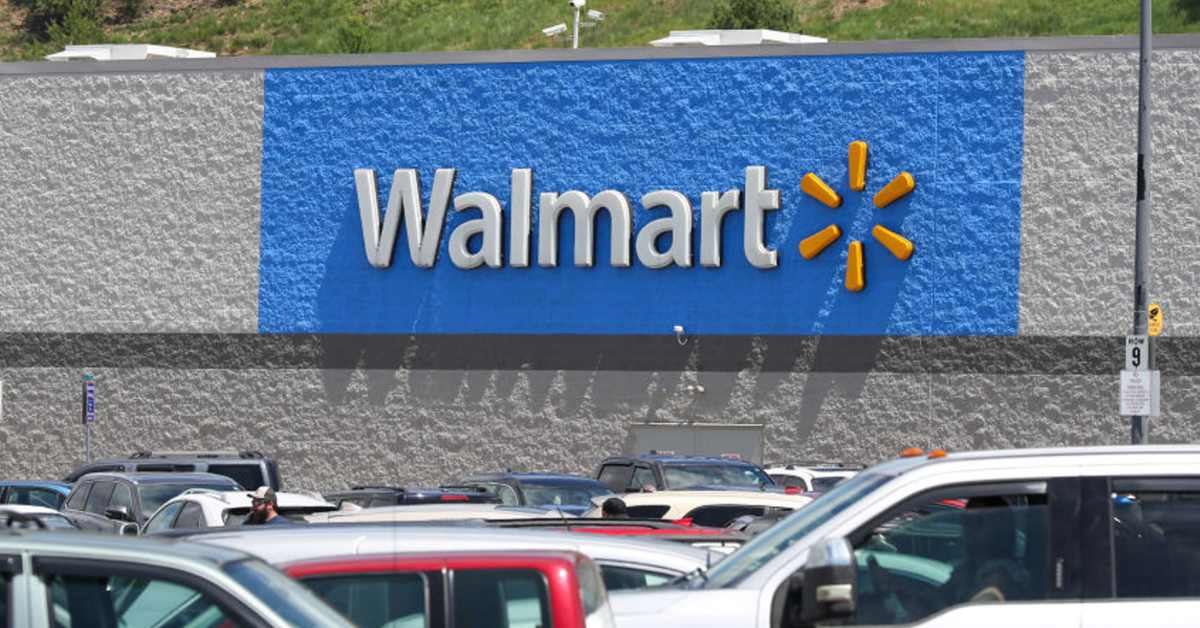
The Future of Checkout: Walmart’s Bold Move and What It Means for Shoppers
The retail landscape is constantly evolving, and one giant is making a significant move that will impact millions of shoppers. Walmart, a name synonymous with everyday affordability and convenience, is revamping its checkout and payment systems. This isn’t just a minor tweak; it’s a fundamental shift that promises to streamline the shopping experience and potentially reshape how we interact with brick-and-mortar stores.
For years, the familiar Walmart checkout experience has remained largely consistent: long lines, scanning barcodes, and payment via cash, card, or increasingly, digital wallets. While functional, this system has its limitations, particularly in the face of evolving consumer expectations and the rise of technology.
Walmart’s new strategy aims to address these limitations head-on. The changes are multifaceted, focusing on speed, efficiency, and a more personalized shopping journey. A key element is likely to involve a significant expansion of self-checkout kiosks, possibly with improved user interfaces and advanced scanning technologies to minimize errors and speed up the process. Think streamlined interfaces, intuitive prompts, and maybe even automated item recognition that eliminates the need for manual scanning.
Beyond self-checkout, Walmart is expected to further integrate its mobile app into the shopping experience. This could mean using the app to scan items as you shop, creating a virtual cart that automatically totals your purchases, and allowing for seamless, contactless payment upon leaving the store. This would essentially transform your phone into a virtual shopping assistant and checkout system, reducing wait times and eliminating the need to physically queue at a register.
This integration isn’t just about convenience; it also holds significant data potential for Walmart. By tracking purchasing habits through the app, Walmart can gather valuable information to personalize offers and promotions, improve inventory management, and ultimately enhance the overall customer experience. This data-driven approach could lead to more targeted marketing, reducing wasted inventory and ensuring products are readily available when and where customers need them.
However, such a sweeping change isn’t without its potential challenges. The shift towards self-service could lead to concerns about job displacement for checkout associates. While some roles may be eliminated, Walmart is likely to compensate by investing in other areas, such as customer service and store maintenance. Moreover, the technology itself needs to be reliable and user-friendly to avoid frustrating shoppers. A poorly designed self-checkout system could lead to longer wait times and increased customer frustration, defeating the purpose of the upgrade.
Another potential obstacle is the digital divide. Not all shoppers are comfortable or capable of using mobile apps and self-checkout technology. Walmart will need to ensure that its new system accommodates all customers, regardless of their technological proficiency, possibly through the continued provision of traditional checkout lanes. This might necessitate a blended approach, maintaining a balance between technologically advanced options and traditional methods.
Ultimately, Walmart’s overhaul of its checkout and payment system is a bold gamble with significant implications. The success of this initiative hinges on a careful balance between technological innovation, customer satisfaction, and employee well-being. If executed effectively, it could redefine the in-store shopping experience, setting a new standard for efficiency and convenience in the retail industry. The coming months will be crucial in determining whether this gamble pays off.



Leave a Reply